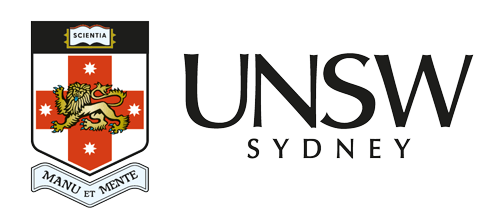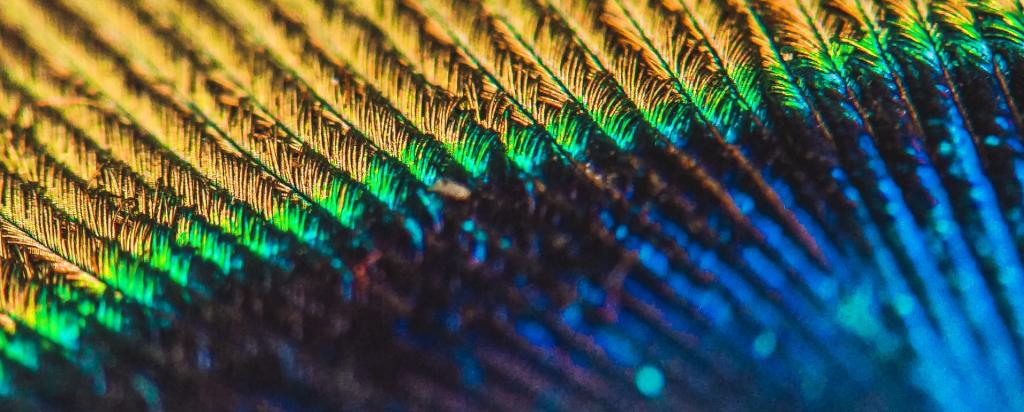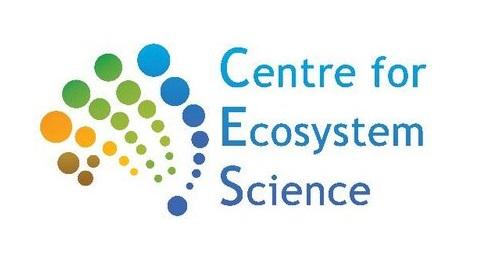

Feather Map of Australia
About the project
The Feather Map of Australia Project called on citizen scientists to collect waterbird feathers from wetlands around Australia and send them into the research team for analysis.
The feathers were analysed to identify stable isotopes and elements that are incorporated into feathers through the ingestion of food to track the movement of waterbirds, to create the first ever Feather Map of Australia.
A joint project between the Australian Nuclear Science and Technology Organisation (ANSTO) and the University of New South Wales (UNSW) the collection citizen science collection period ran from 2016-2018.
This information is helping inform the decision making of water and wetland managers regarding environmental flows and water management issues. It is also important for understanding the ecology and life cycles of waterbirds and waterbird populations to ensure that populations of Australia’s waterbirds are maintained or increased.
The project was an Australian first and provided a new non-invasive method of tracking waterbirds without the need for capturing animals.
853 Submissions
High quality samples submitted by over 200 participants
553 Wetlands
Wetland habitats sampled from across the country
57 Species
Travel the Murray Darling Basin to all over Australia
The results
The results of the Feather Map of Australia Project overwhelmingly showed the importance of the Murray Darling Basin to Australia’s water birds. The study has revealed the high percentage of water birds that use this basin.
The reliance of Australia’s water birds upon the Murray Darling Basin wetlands reinforced the importance of properly managing this water resource into the future.
The Murray Darling Basin received the largest number of feather samples from our citizen scientists, with 409 feather samples received, from 26 different species.
Across Australia, birds were found to travel long distances across the country and many species are very mobile moving between basins, most likely in search of good habitat because of its variability over time and across the landscape.
While the Murray Darling Basin was found to be an important area from which birds disperse, it is critical to ensure that the rest of Australia’s wetlands are protected as it is these wetlands that the water birds go to when they leave the Murray Darling Basin.
Although gaining an understanding of individual wetlands was not ultimately possible, we have been able to gain an understanding of the movement of birds between all of Australia’s major water basins.
For more information we welcome you to read the Feather Map of Australia Project article in ANSTO News or explore the scientific paper published about the Feather Map research in The Society for Conservation Biology.

Thank you
We thank all of the citizen scientists from across the country who collected and sent in feathers to enable this invaluable research resource to be created.
Ongoing benefits of the project
The Feather Map of Australia has resulted in the largest loose feather collection in Australia including samples from more than 50 species of birds.
These feathers are a unique resource for researchers and research organisations across Australia and even internationally.
Already the feathers and related research techniques have been used for the following studies:
- International Glossy Ibis Genetics Project - Glossy Ibis (Plegadis falcinellus) are a cosmopolitan species, with populations in Europe, America, South America, Africa and Australia. This research aims to investigate how related all these populations are. The Glossy Ibis feathers submitted as part the Feather Map have been sent to Spain to be included in this world-wide study.
- Australian White Ibis Genetics study - Kaytlyn Davis, a Masters student at Macquarie University, has used feathers from Australian white ibis (Threskiornis molucca) looking at the relatedness of inland populations with urban, coastal populations.
Analytical methods developed as part of the Feather Map of Australia Project are now also being used more widely and applied to other conservation problems such as the illegal wildlife trade.


Future projects
Although the main Feather Map of Australia Project citizen science collection initiative is complete, we are still accepting feathers for future projects and other studies like those given above.
These can be sent to:
The Feather Map of Australia Project
c/- Dr Kate Brandis
Centre for Ecosystem Science
School of Biological, Earth and Environmental Sciences
UNIVERSITY OF NEW SOUTH WALES, SYDNEY NSW 2052









